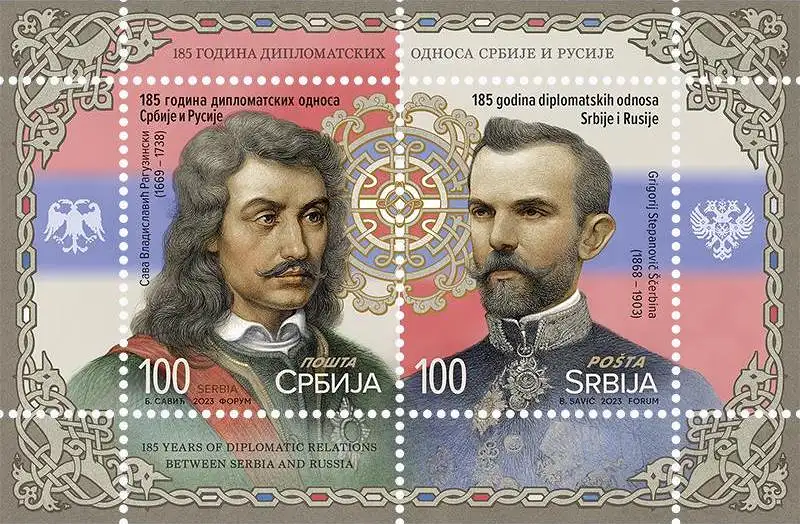
Introduction
Serbia, located in Southeast Europe, is a country enriched with a layered history, diverse culture, and a pivotal geographic position. As a landlocked nation in the heart of the Balkan Peninsula, Serbia plays a significant role in regional geopolitics, economic developments, and cultural exchanges. Recently, Serbia has gathered attention due to evolving political relationships and its efforts towards European Union membership.
Current Political Landscape
In recent months, Serbia has been navigating a complex political environment, particularly concerning its relationship with Kosovo. The status of Kosovo, which declared independence from Serbia in 2008, remains a flashpoint in Serbian politics. The dialogue facilitated by the European Union has recently seen both nations engaged in negotiations aimed at reaching a comprehensive agreement. The ongoing discussions are vital as they influence Serbia’s progress toward EU accession, which has been a long-standing goal since it applied for membership in 2009.
Economic Developments
Economically, Serbia has demonstrated resilience, managing positive growth even amidst global economic challenges. According to a report from the National Bank of Serbia, the GDP growth rate for 2023 is projected at approximately 3.5%. This growth can be attributed to several sectors, including agriculture, information technology, and manufacturing. Furthermore, investments from foreign companies are rising, especially from the European Union and China, indicating growing international confidence in Serbia’s market.
Cultural Heritage
Serbia’s rich cultural heritage is another defining feature of the nation. The country is home to numerous UNESCO World Heritage sites, including the medieval Monastery of Studenica and the ancient city of Niš. Serbian cuisine, music, and traditions reflect a confluence of Eastern and Western influences, which attracts tourists and scholars alike. Domestic festivals, such as the EXIT music festival and traditional Slava celebrations, highlight Serbia’s vibrant social life and commitment to preserving its customs.
Conclusion
As Serbia continues to evolve politically and economically, the international community watches closely. Its efforts towards EU integration, alongside maintaining stability in the region, are crucial for its future. The country’s cultural wealth plays an essential role in shaping its identity on the global stage. For readers interested in Southeast European affairs, understanding Serbia’s trajectory offers insights into broader geopolitical trends and the potential for future developments in the region.
You may also like

Exploring Monmouth: History, Attractions and Community

The Importance of Pubs in British Society and Their Resurgence
